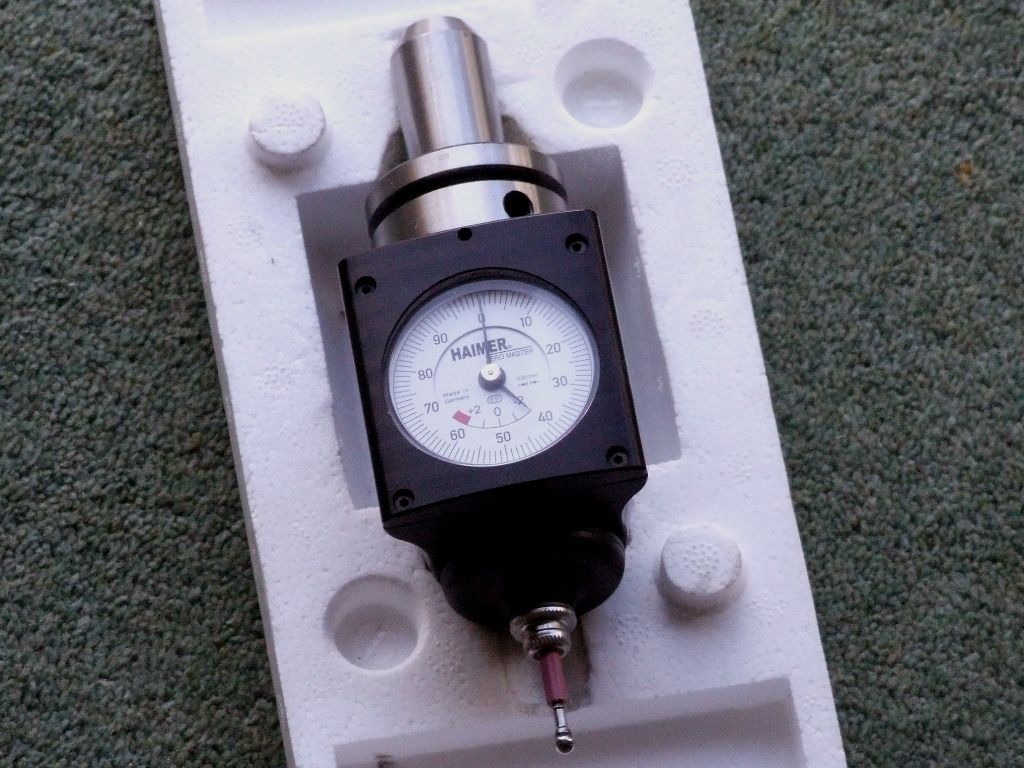Laser edge finders
Laser edge finders
- This topic has 40 replies, 22 voices, and was last updated 28 February 2015 at 16:55 by
 Michael Gilligan.
Michael Gilligan.
- Please log in to reply to this topic. Registering is free and easy using the links on the menu at the top of this page.
Latest Replies
Viewing 25 topics - 1 through 25 (of 25 total)
-
- Topic
- Voices
- Last Post
Viewing 25 topics - 1 through 25 (of 25 total)
Latest Issues
Newsletter Sign-up
Latest Replies
- Metal stock
- More Lidl questions
- Sieg KX3 spindle motor replacement/upgrade
- Taylor Hobson cutter grinder modificaton
- Family tree prog
- How to identify a thread, ACME vs TR
- indexing head lathe
- LBSC Dot/Diana Cylinder Castings
- Can a metric baby do imperial?
- Calling all Little John and other Raglan users



 ] to the job. Carefully run the rotating cutter towards the work,and when it whips the paper off the surface, you're about one thou' off.
] to the job. Carefully run the rotating cutter towards the work,and when it whips the paper off the surface, you're about one thou' off.




